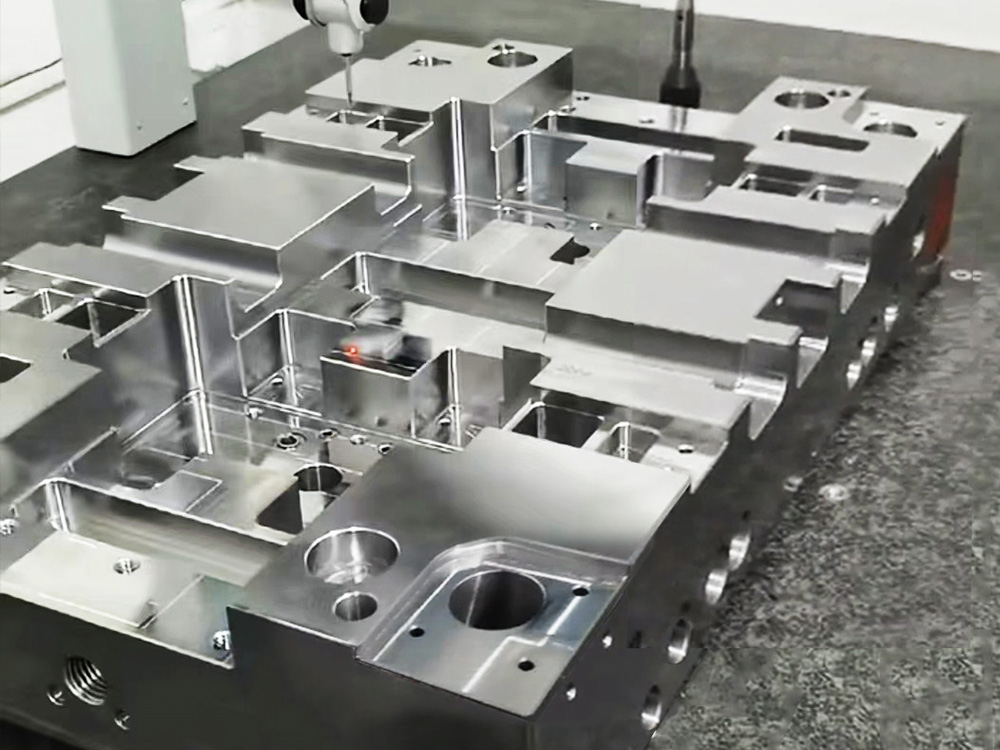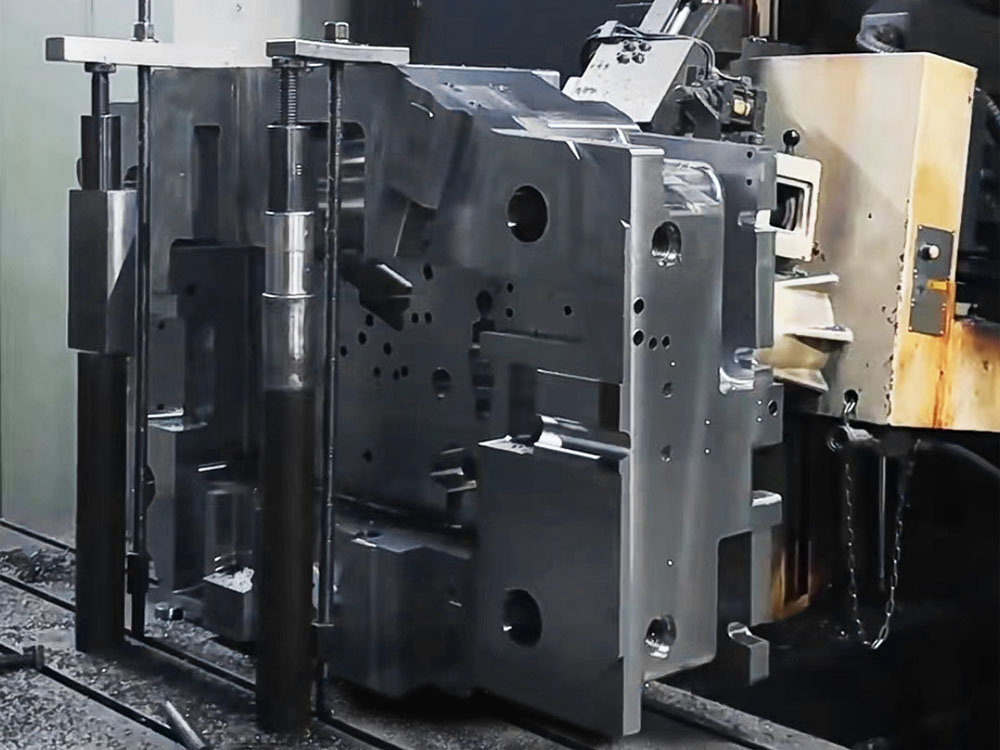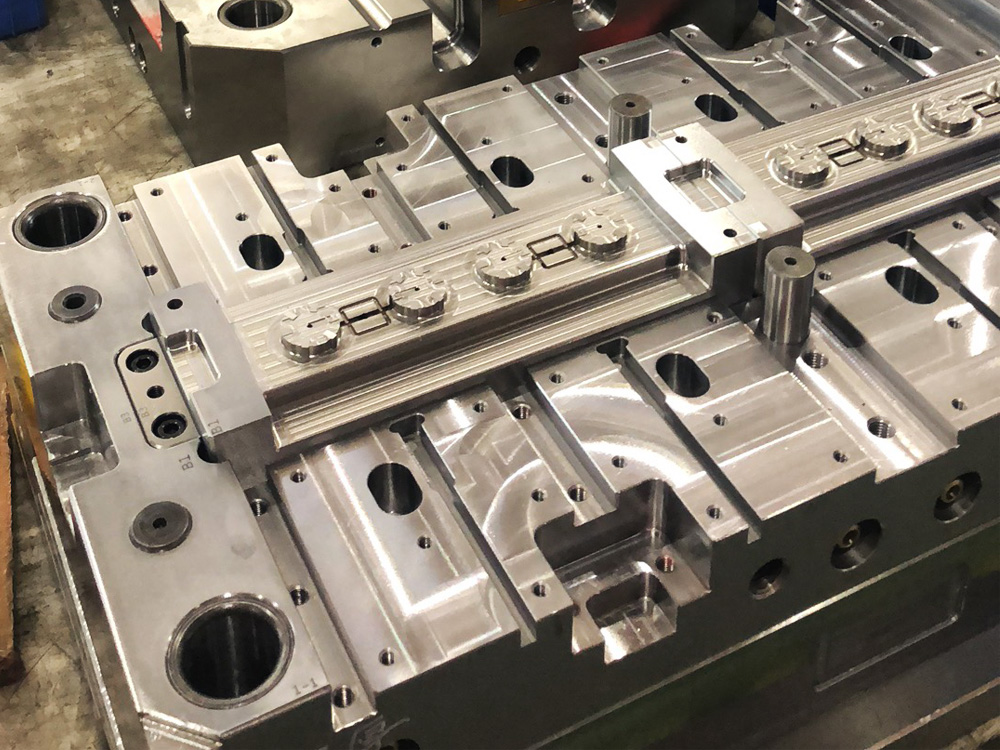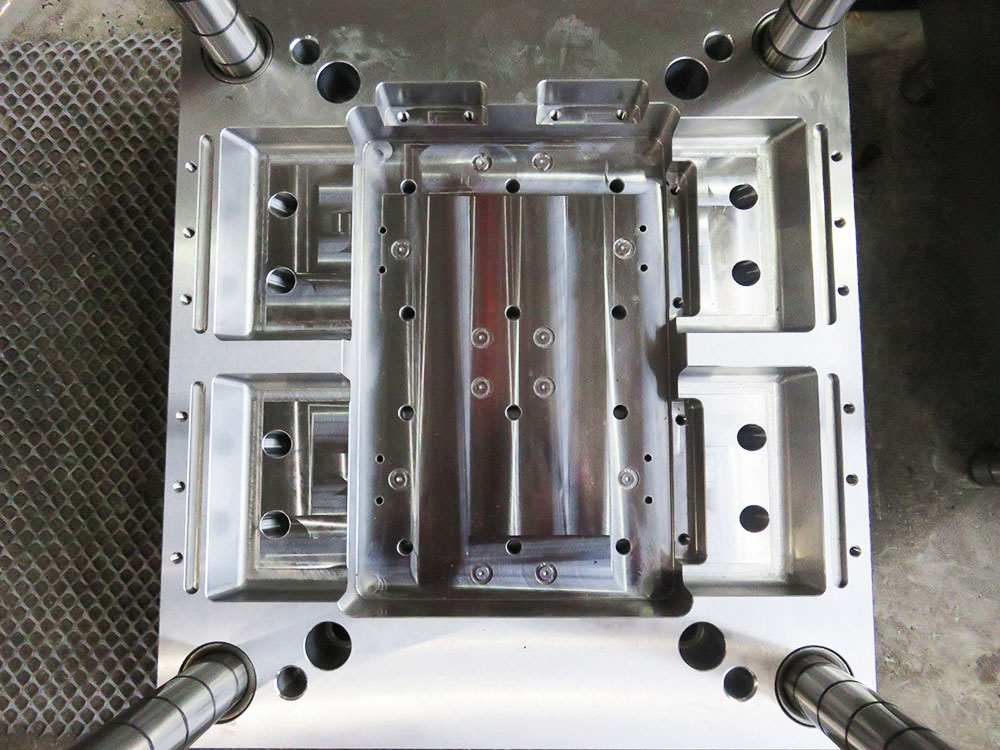Introduction to Creating Engineering Blueprint Designs in the Mold Base Industry
Engineering blueprint designs play a crucial role in the mold base industry as they provide a detailed and comprehensive plan for creating molds. These blueprints serve as a guide for engineers and manufacturers, ensuring accuracy, precision, and efficiency in the production process. In this article, we will explore the step-by-step process of creating engineering blueprint designs in the mold base industry.
Step 1: Initial Assessment and Project Scope
The first step in creating engineering blueprint designs for mold bases is to conduct an initial assessment of the project. This involves understanding the requirements and specifications provided by the client or company. It is essential to have a clear scope for the project, including the type of mold base, dimensions, materials, and any other specific requirements.
Step 2: Conceptual Design and Sketching
Once the project scope is defined, the next step is to move towards the conceptual design phase. This involves visualizing and sketching the mold base design based on the given specifications. Engineers and designers utilize CAD (Computer-Aided Design) software to create 2D and 3D sketches, allowing them to visualize the final product accurately. The conceptual design is crucial as it serves as a foundation for the detailed blueprint.
Step 3: Detailed Blueprint Creation
With the conceptual design in place, engineers can proceed with creating the detailed blueprint. This blueprint includes all the necessary information and technical details required to bring the mold base design to life. The blueprint will specify the dimensions, tolerances, material specifications, and other relevant details. Additionally, it will outline the assembly and manufacturing processes involved in constructing the mold base.
Step 4: Review and Modification
Once the detailed blueprint is created, it undergoes a thorough review process. The blueprint is evaluated by experienced engineers and designers to ensure its accuracy and feasibility. Any required modifications or adjustments are made during this stage to optimize the mold base design. It is crucial to involve all relevant stakeholders in the review process to address any potential issues or concerns.
Step 5: Finalization and Documentation
After the necessary modifications are made, the blueprint is finalized. It is important to create a comprehensive documentation package that includes all the relevant information related to the mold base design. This documentation will serve as a reference for future use, maintenance, or modifications.
Conclusion
In conclusion, creating engineering blueprint designs in the mold base industry involves a systematic and well-defined process. From the initial assessment and project scope to the finalization and documentation, each step is crucial in ensuring a successful mold base design. By following this process, engineers and manufacturers can create accurate and efficient blueprint designs that meet the requirements and specifications of the project.




